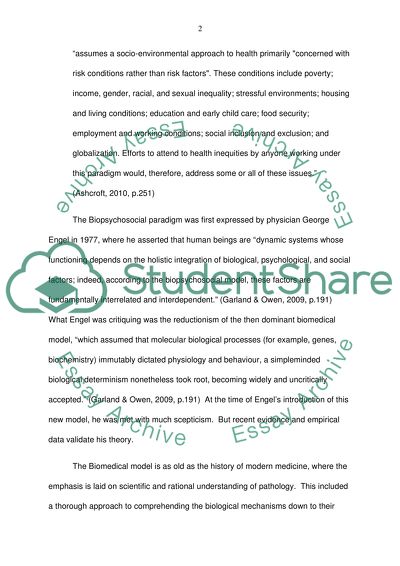Cite this document
(“Health and Well-being (social welfare student) Essay”, n.d.)
Retrieved de https://studentshare.org/health-sciences-medicine/1394180-health-and-well-being-social-welfare-student
Retrieved de https://studentshare.org/health-sciences-medicine/1394180-health-and-well-being-social-welfare-student
(Health and Well-Being (social Welfare Student) Essay)
https://studentshare.org/health-sciences-medicine/1394180-health-and-well-being-social-welfare-student.
https://studentshare.org/health-sciences-medicine/1394180-health-and-well-being-social-welfare-student.
“Health and Well-Being (social Welfare Student) Essay”, n.d. https://studentshare.org/health-sciences-medicine/1394180-health-and-well-being-social-welfare-student.


